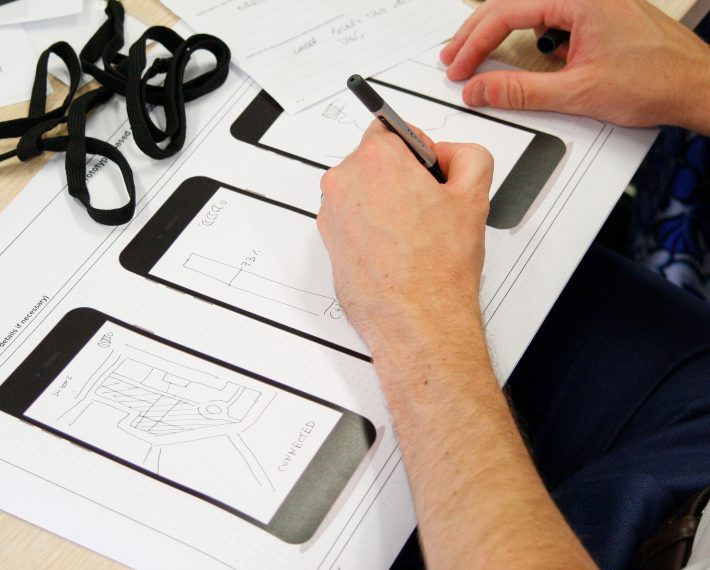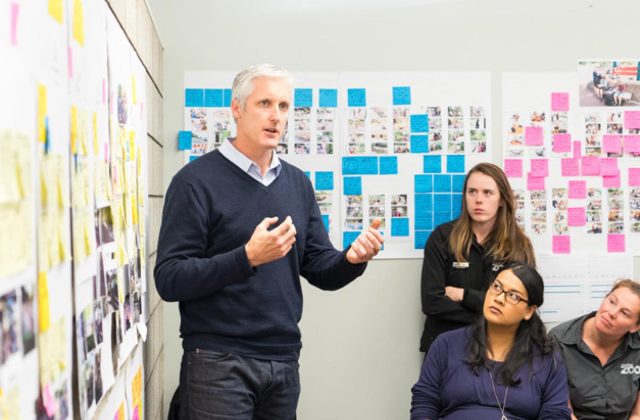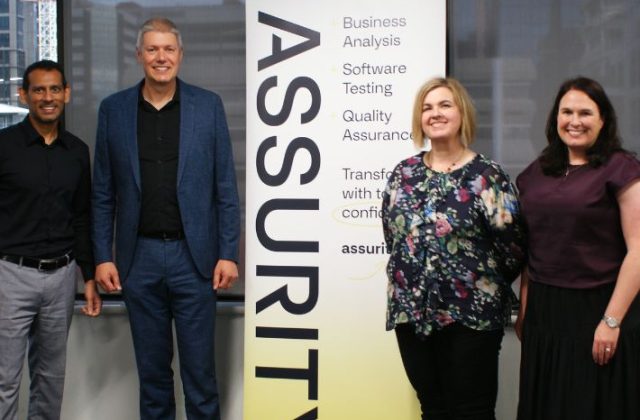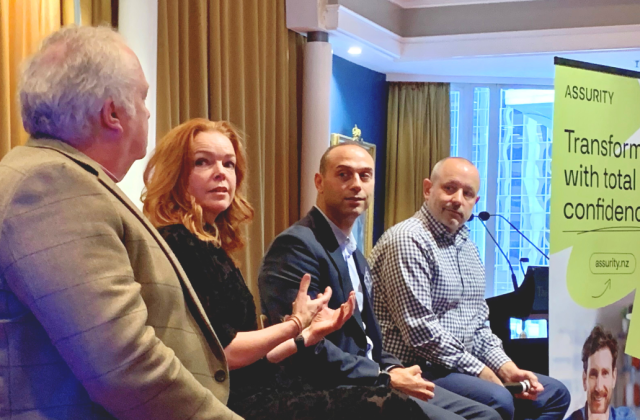Date: 24 February 2022
This article summarises the highlights from our webinar, ‘Create what matters. Test what counts’, presented by Assurity Consulting team members:
The future of effective product development depends on better meeting customer needs by taking a human-centered approach in everything you do. While we’re referring specifically to software, the concept extends to any products in a competitive market space. After all, the goal of any product is to meet the needs of the people who use it.
Human-Centered Design (HCD) is a discipline to create what matters by understanding the customer problems you’re trying to solve. HCD tests are designed to focus software testing on assessing the most critical components, or in other words, test what matters the most.
At its core, HCD seeks to bring speed and a fast cadence into your work while regaining objectivity. Among the challenges we have in our businesses – the more we become aware of what the customer wants and needs, the better we can create products to meet them.
Yet, many of the possibilities and opportunities we see might not be what customers are looking for. They might only want one or two key features rather than a full exposition of the possibilities you might see as an ‘insider’. You need to identify and focus on what’s important to customers and disregard those ideas that seem great to you.
The challenge then becomes both simpler and more difficult at the same time. It requires a level of awareness and objectivity, which comes from stepping outside of ourselves, reviewing our business, services, experiences, and products through the eyes of the customer.
It’s having a ‘beginner’s’ mindset of seeing things for the first time. The best (and perhaps only) way to do it is to meet your customers in context. Talk to them. Understand their needs, explore their pain points, discover the frictions they experience, and then bring all of that into your development core practices.
We’ve ‘done’ human-centred design (HCD) for ages at Assurity Consulting because it works. And that’s how we help you create what truly matters, rather than the ‘nice to haves’ which look great on the drawing board but might crater in the field.
Human-Centred Testing (HCT)
HCT means taking products and the methodology behind their development and handing the lot to your software testers. Just like HCD, HCT involves testers engaging directly with customers to understand how they use and engage with the product, along with various new or updated features.
No matter how exhaustive the test regime, any software’s true ‘acid test’ isn’t the testers themselves. Only when software is in the hands of the customers do we get a complete view of how it’s used – and the results of that ‘how’ are often surprising.
After all, the customer uses the software ‘in context’ with everything else they do in their everyday work – even the best tester is abstracted from the real action.
Our approach takes the customer on the complete journey from design to development, all the way through to UAT and sign-off phases. It’s a somewhat unique approach too. Try searching online for human centred testing, and you’ll find few results.
Test and HCD might seem unlikely companions, but the two work magnificently together. Where in the past you’d have user stories devoid of context (a real problem for testing and development teams who should understand what’s happening ‘in the field), engaging users directly strips away complexity, eliminates ambiguity (for developers) and sharpens the focus on objectivity in software delivery. That means sorting the ‘nice to have’ from the ‘must have’ components. In other words, leaning back to the customer helps avoid costly failures from pursuing dead-end ‘opportunities’.
Case study
Our client had a million-dollar project that wasn’t going too well from a user testing perspective. We were called in to work with the development teams and the head of technology to help straighten things out. As is often the way with our approach, a sudden ‘Eureka’ moment came from working out what matters most to the customer. This gave the client the confidence needed to push the project forward in a big way.
Sometimes what matters most isn’t always the easiest to deliver – but we must stick to first principles. Doing that means backing yourself, particularly if objectivity starts sliding. Keep the target in mind, you’ve got to get a product delivered, and you need that confidence to move on from defaulting to a minimum viable product instead of sticking to the full desired outcome.
How we do Human-Centred Testing
What’s interesting about HCT is that while the frameworks might appear sophisticated on the surface, they’re pretty simple processes that you can build collaboratively with your team. For example, we’ve successfully used user service maps for several clients. Service maps are basically a diagram developed with the customer and a set of rules. While structured, it’s not formal, doesn’t require project sign-off, and acts as a ‘living document’. By drawing the map with the customer, we engage, empathise, understand, and appreciate the process we go through with them while testing. At the same time, we discover their pain points, combining that understanding with the process, the business, and the purpose of the product. This allows for a structured and detailed test effort to focus on the right areas.
Market-led teams are often shocked when testers ask them for customer insights and ethnography. But it makes sense and is a potent way to move testing forward, always with that laser-like focus on what the customer wants and how the software works for them.
Even if you are deep into delivery, it’s never too late to start engaging with your customers, access their insights and adapt what you’re doing. Perhaps take micro steps towards reorientating products back towards customer needs.
At Assurity Consulting, experience has taught us that working with real users is faster, more accurate, and delivers better products every time.
















